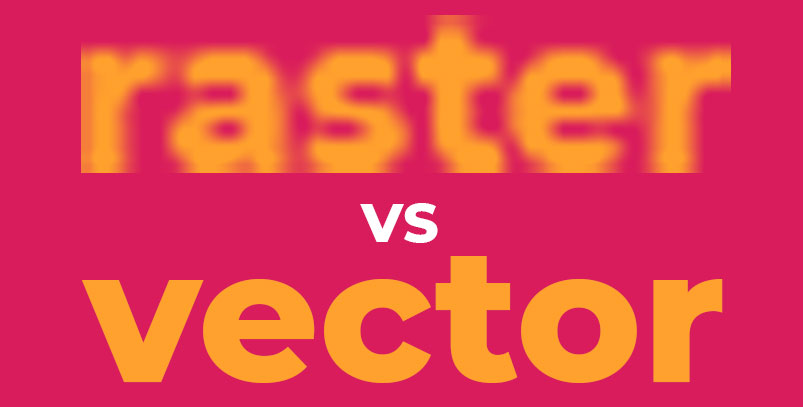Written by Beth Downey
Twenty years ago when I began my career in digital media, I worked as a graphic designer who focused on the print side of things. I was properly trained at an accredited university to not only begin designs on paper, but how to translate what my hand created into a digital file format using a raster or vector computer program (at the time, Adobe Photoshop, Aldus Freehand and Adobe Illustrator).
In the past few months, I’ve fielded several questions from the different people about file formats for logos – and what variations in specifications are for print and for the web. I know if several people need this knowledge, more than a few people can use the counsel.
A properly designed logo should be created in a vector program – i.e. Adobe Illustrator – rather than a raster program, i.e. Adobe Photoshop. What is raster and what is vector and how do your differentiate between the two? In a raster program, the image the viewer sees is made up of tiny colored squares, called “pixels.” In a vector program, the image is based upon mathematical calculations from one point to another that form lines and shapes. Images created in vector can scale up from a small image on a laptop screen to the size of the facade of a building and not lose resolution. On the other hand, if an image created in a raster program the same size as the previously mentioned vector file is enlarged to building-facade size, it will be pixelated.
So, how do you know what program to use?
Adobe Photoshop should be used for photo manipulation, i.e. retouching and blending of photo images into collages, for example. When it comes to book, magazine or newsletter layouts, Adobe InDesign is the optimal program because it integrates images with typesetting capabilities. For logos, the industry standard is Adobe Illustrator, a vector program that allows the designer to create marks that are crisp and scalable.
Images for Printing
Logos should be designed at 300 dpi (dots per inch) for printing. The same 300 dpi rules apply for photos in a document that will end up in print format. All print color settings should be CMYK.
Images for Websites
Images for websites should be 72 dpi. Most websites use .jpg, .png or svg files. We use .png files when we want a transparent background. Jpg files are most often used for photos. Websites use .svg files for several image files that work together, say states that fit together on a United States map. All website photo color profiles should be RGB.
Hopefully this brief explanation about file formats for imagery and logos.





